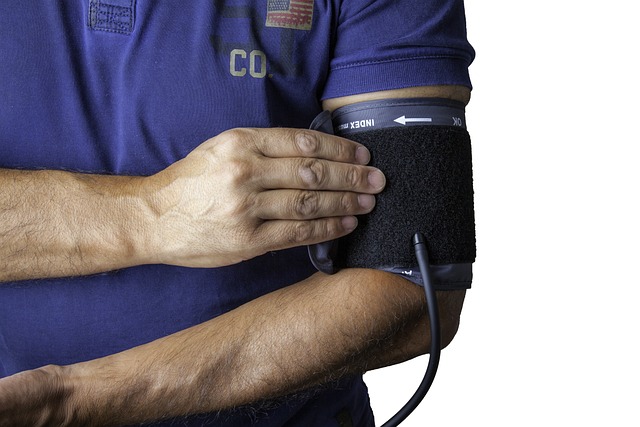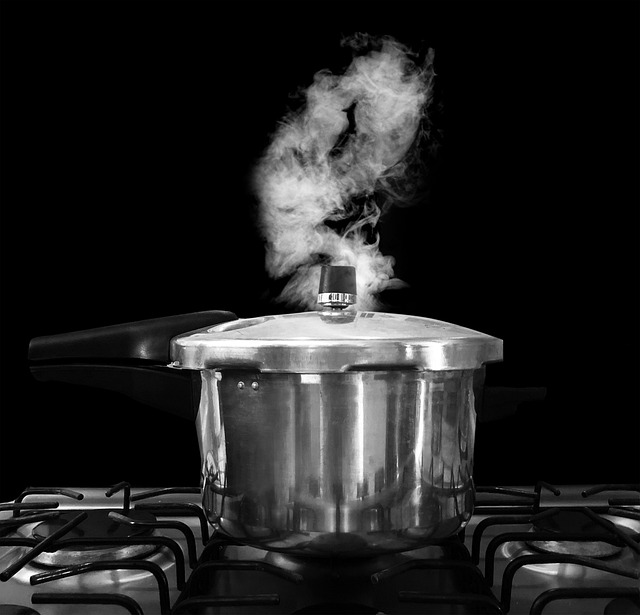Low water pressure in aging plumbing systems is caused by corrosion, mineral buildup, structural degradation, and rusting pipes, leading to narrowed interior diameters, leaks, and inconsistent pressure levels. To optimize water pressure, regularly inspect for and repair leaks, replace old pipes with modern materials, install pressure regulators, flush and clean water heaters, and prevent mineral deposits for better household performance.
As homes age, so do their plumbing systems. This can lead to a host of issues, with low water pressure being one of the most common complaints among homeowners. Understanding the causes behind this problem is key to effective maintenance and repair. In this article, we’ll explore the signs and symptoms of aging plumbing, uncover the root causes of low water pressure, and offer practical solutions and maintenance tips to optimize your home’s water pressure.
- Understanding Low Water Pressure: The Signs and Symptoms
- Uncovering the Causes of Aging Plumbing Systems
- Solutions and Maintenance Tips for Optimizing Water Pressure
Understanding Low Water Pressure: The Signs and Symptoms

Low water pressure is a common issue many homeowners face, often resulting from aging or deteriorating plumbing systems. While it might seem like a minor inconvenience, it can significantly impact your daily routines and overall satisfaction with your home. Recognizing the signs and understanding the causes are essential steps in addressing this problem effectively.
There are several indicators that suggest low water pressure. For instance, taking a shower might feel like you’re barely getting damp, or filling up a sink or bathtub takes considerably longer than usual. Even simple tasks like washing dishes or doing laundry can become more challenging and time-consuming. These symptoms often point to issues within the plumbing system, such as corroded pipes, leaks, or clogged pipes, which are primary causes of reduced water pressure over time.
Uncovering the Causes of Aging Plumbing Systems

Plumbing systems, like any other infrastructure, have a lifespan and tend to age over time, leading to various issues, particularly when it comes to water pressure. Understanding the causes behind low water pressure in older plumbing is crucial for homeowners and professionals alike. One of the primary reasons for this decrease is corrosion and mineral buildup inside the pipes. As water flows through these aged systems, it can pick up minerals and sediments, gradually narrowing the pipe’s interior diameter. This reduction in space restricts water flow, leading to lower pressures at taps and fixtures.
Additionally, aging pipes often experience structural degradation, where joints and fittings become loose or fail entirely. These leaks not only waste water but also introduce air into the system, further compounding pressure issues. The rusting and weakening of pipe materials over time can also cause restrictions, as well as changes in water flow dynamics, contributing to inconsistent pressure levels throughout a home or building’s plumbing network.
Solutions and Maintenance Tips for Optimizing Water Pressure

To optimize water pressure, start by identifying and addressing the root causes of low pressure, which often stem from aging plumbing. Regular maintenance is key; schedule routine inspections to detect any leaks or corrosion in pipes and fittings. Repairs or replacements are essential to prevent obstructions that restrict water flow. Consider upgrading older pipes with modern materials designed to enhance durability and minimize buildup.
Additionally, install pressure regulators to maintain consistent water pressure throughout your home. These devices adjust the incoming water pressure, ensuring a steady flow. Keep water heaters well-maintained and clean to avoid mineral deposits that can reduce water pressure. Regular flushing and cleaning of these systems will help preserve optimal performance.
As we’ve explored, aging plumbing systems can significantly impact water pressure, leading to various issues from weak showers to inefficient appliances. Understanding the causes, such as corroded pipes and worn-out valves, is crucial for addressing this problem effectively. Implementing regular maintenance, including inspection and timely repairs, is key to preventing low water pressure. By adopting these solutions, homeowners can optimize their plumbing system’s performance and ensure a consistent water pressure that meets their daily needs.
